Wild Parsnip
Poisonous to the touch.
- Carrot or Parsley (Apiaceae family):
- Pastinaca sativa L.
- EPPO code:
- PAVSA
- Other names:
- Yellow parsnip
Species information
- Lifecycle:
- Biennial
- Propagation:
- Reproduces by seed.
- Emergence:
- The majority of seedlings emerge in the spring, but a percentage of dispersed seed will germinate in the fall.
- Habitat:
- Wild parsnip is native to Eurasia. It is commonly found along fields and roadsides, and pastures in dry to wet soil types.
- Competitiveness:
- Wild parsnip is traditionally not found in field crops.
- Toxicity:
- The sap from wild parsnip’s broken stalks, leaves and flowers can cause phytophotodermatitis (skin irritation) in humans. Symptoms may appear in the 24–48 hours following exposure. They range from reddened skin to large blisters that do not spread or itch, as opposed to those caused by poison ivy.
Identification clues
Leaves
- Cotyledons:
- Linear to narrow-elliptical, tappering into a short stalk (20-30 mm long).
- Young leaves:
- Leaf blades are small and oval to kidney shaped with coarsely toothed margins and long stalks. During the first season, the plants remain as a rosette.
- Mature leaves:
- The mature leaves of wild parsnip branch into leaflets with heavily toothed margins. The plant’s stem leaves are alternate, pinnately compound with 2–5 pairs of opposite, sharply toothed, broad leaflets with a diamond-shaped leaflet at the tip. Leaf stalks are broad and completely encircle the stem.
Mature plant
- Stem:
- Wild parsnip’s stem is erect and grows up to 1.5 m tall. It is branched and hollow, except where leaves meet the stem.
- Flowers:
- The flowering branches of wild parsnip grow from the axils of its upper leaves. The flowers are yellow, small, clustered and umbrella-shaped. Each flower contains five petals. Wild parsnip flowers from May to late autumn.
- Seeds:
- Its seeds are round in outline, flat and winged.
- Roots:
- The plant develops a thick white to yellow taproot during its first season.
Often mistaken for
I know it's not Angelica because wild parsnip has umbrella-shaped, yellow flower heads and a distinct parsnip odour, whereas Angelica has round, white flower heads.
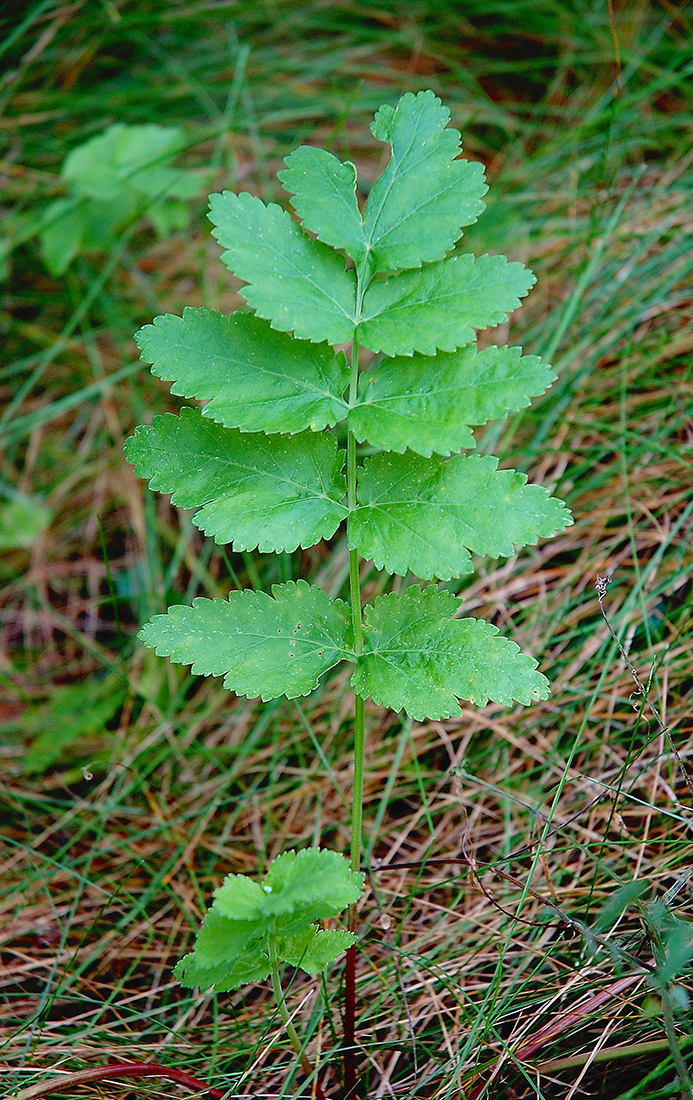
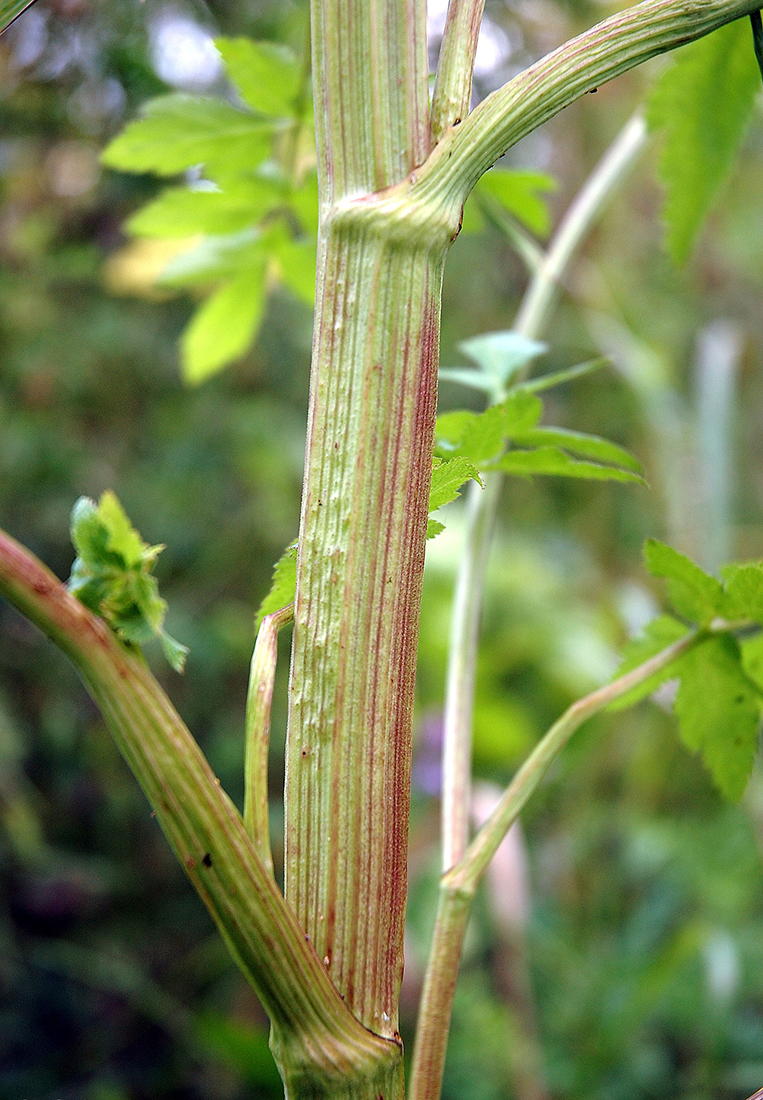
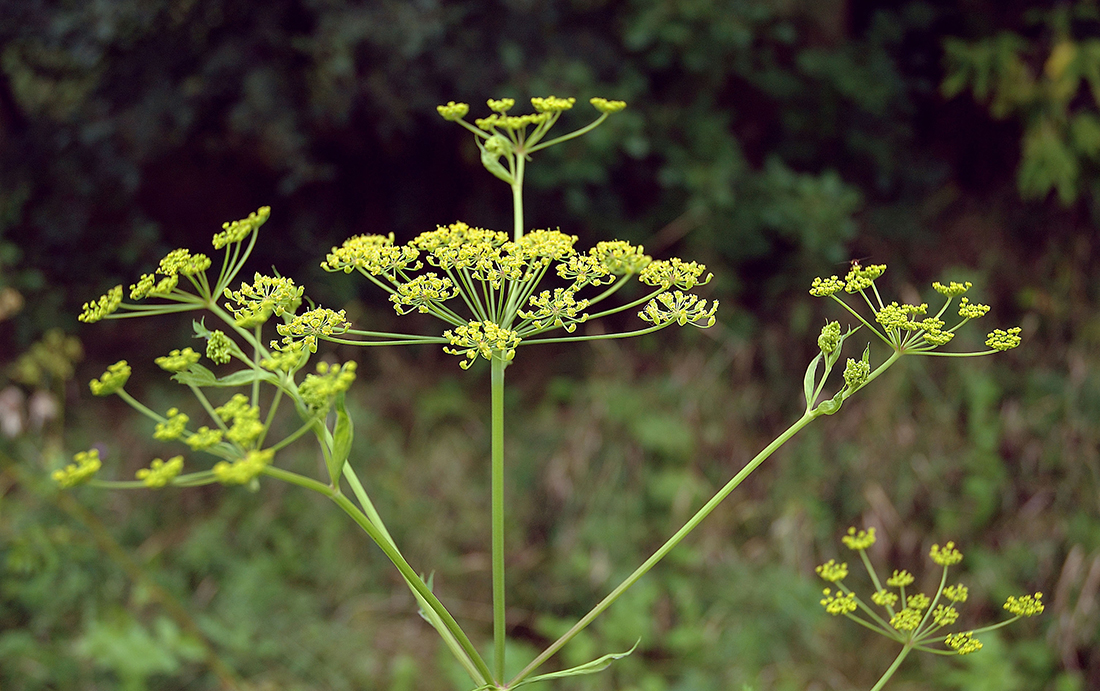
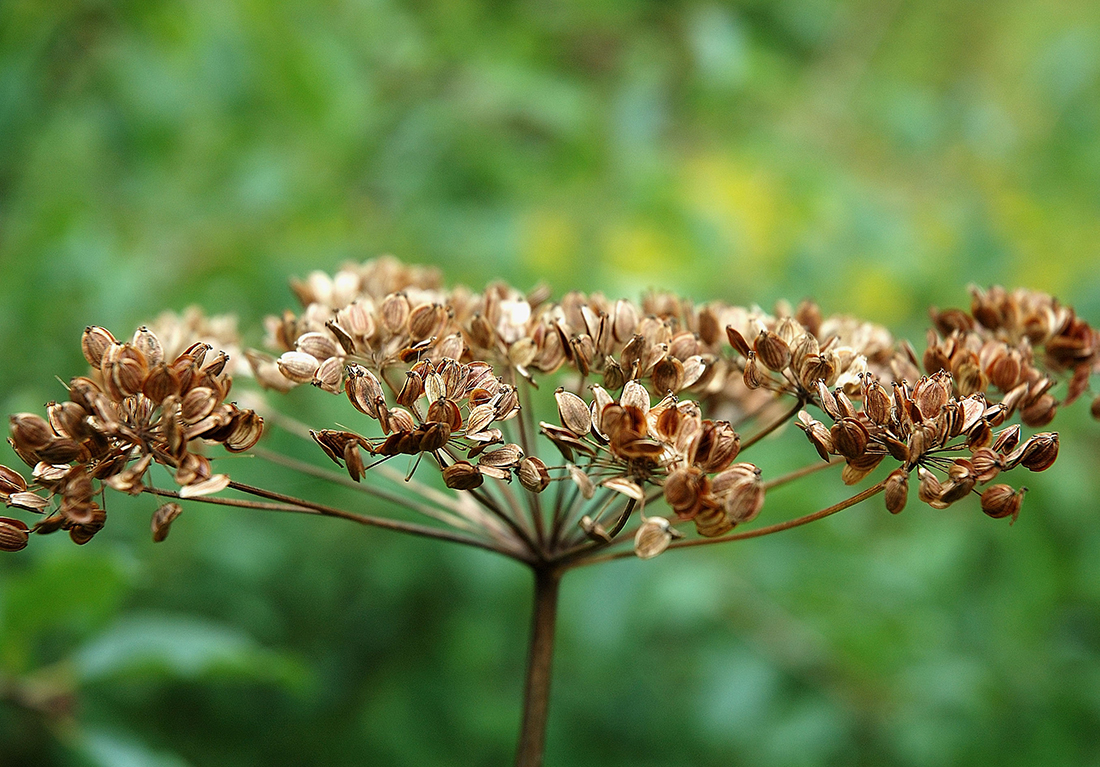
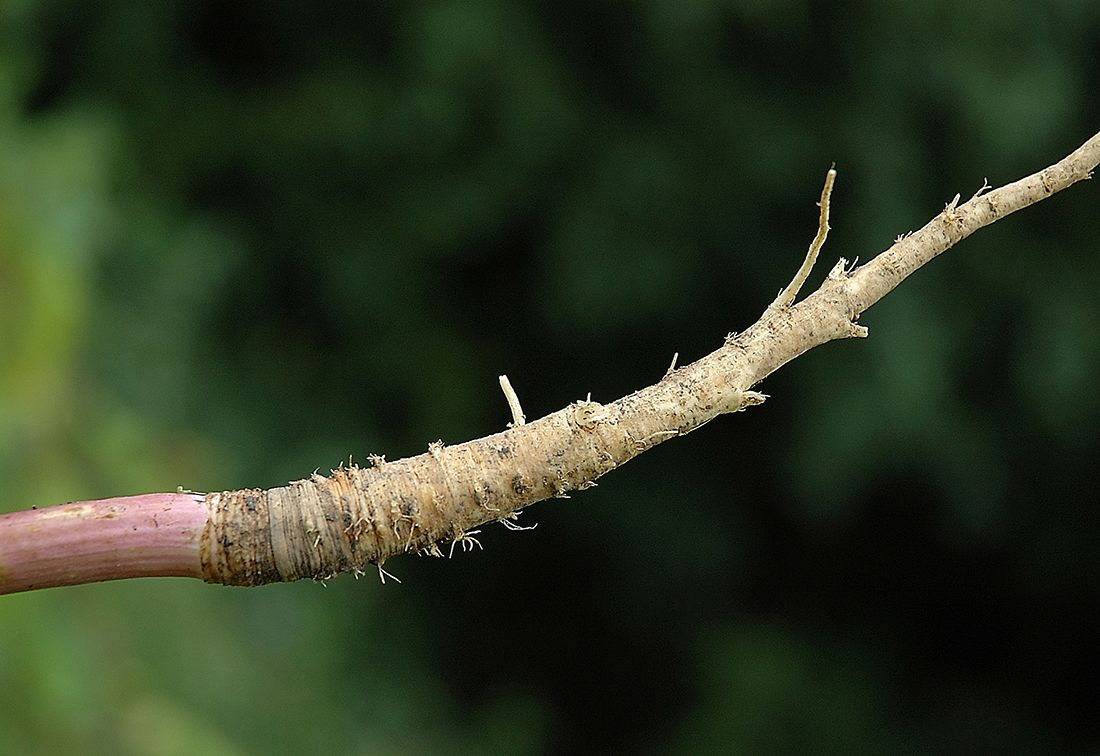
Updated: January 13, 2023
Published: January 13, 2023